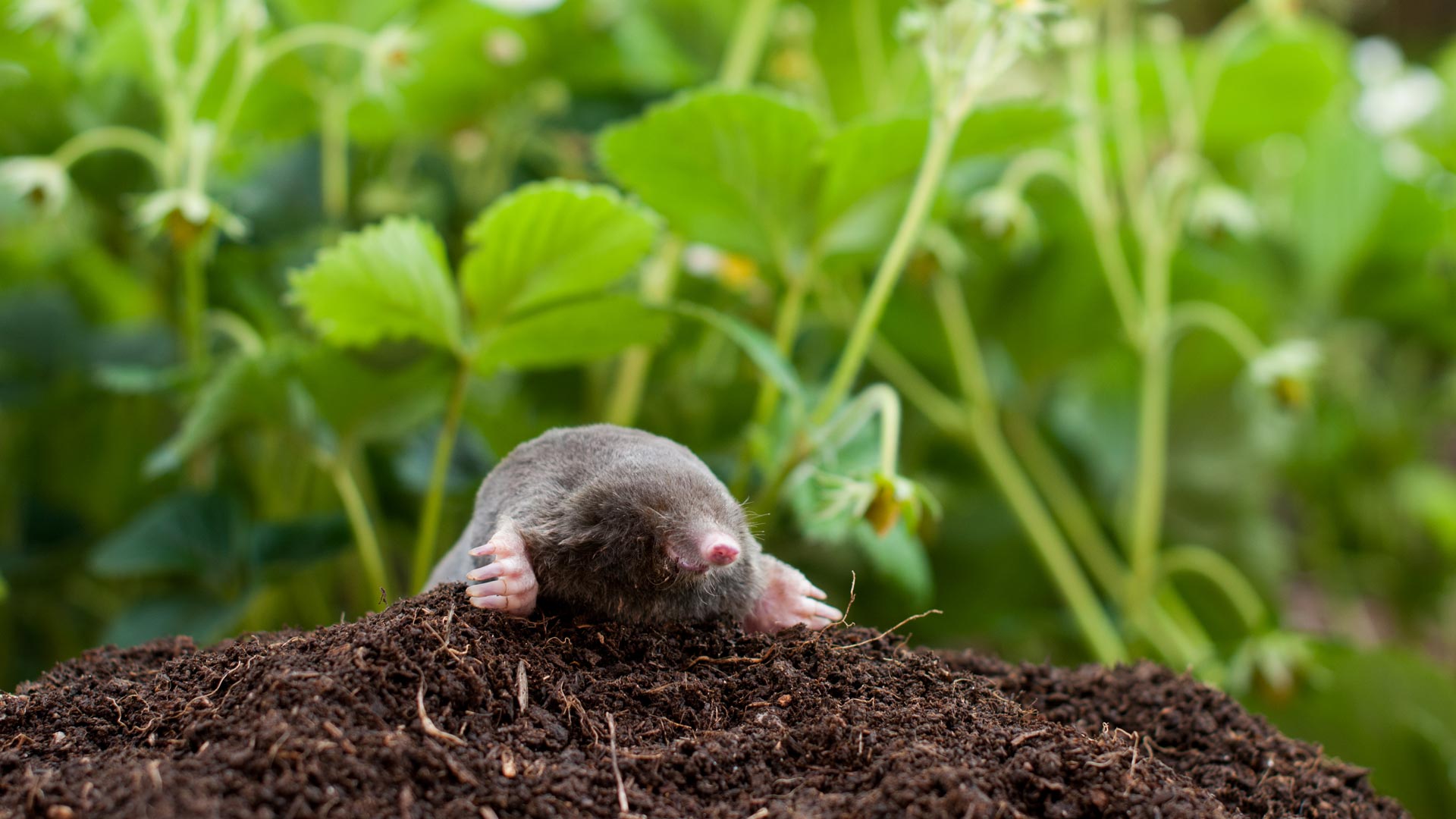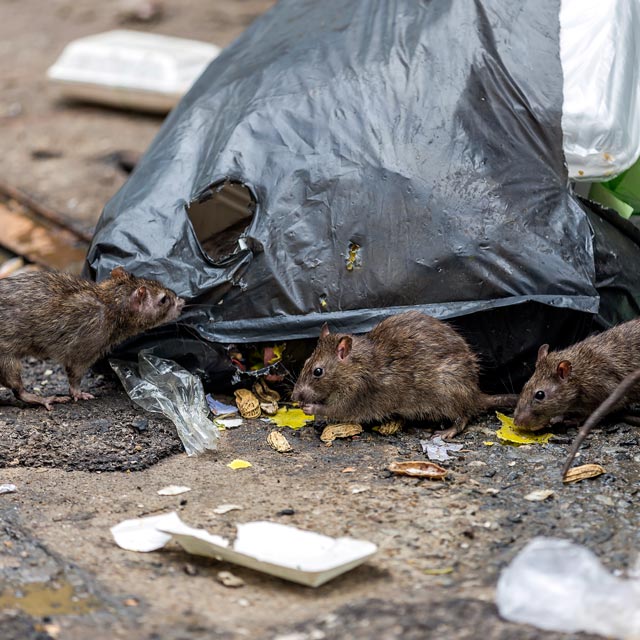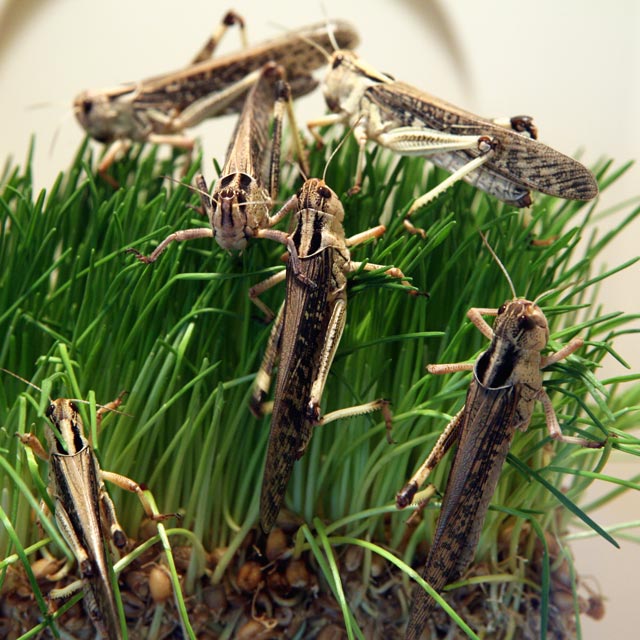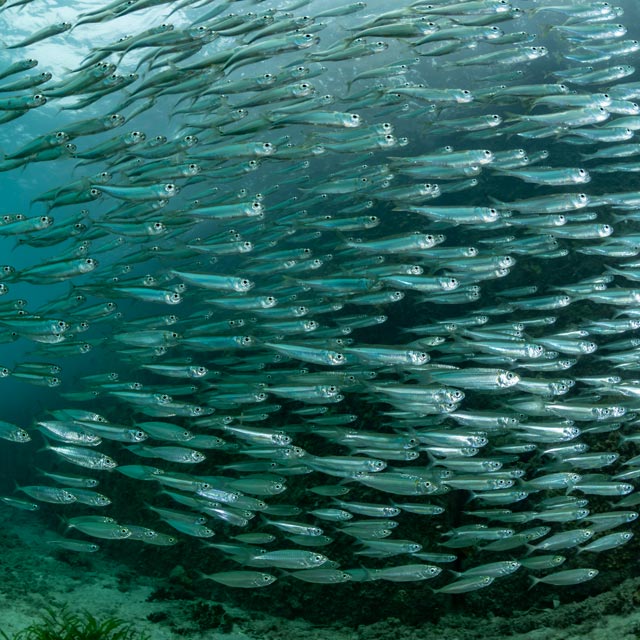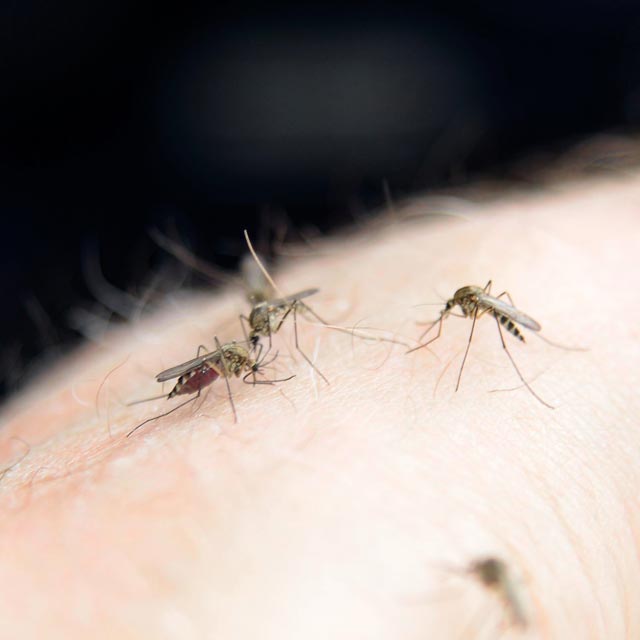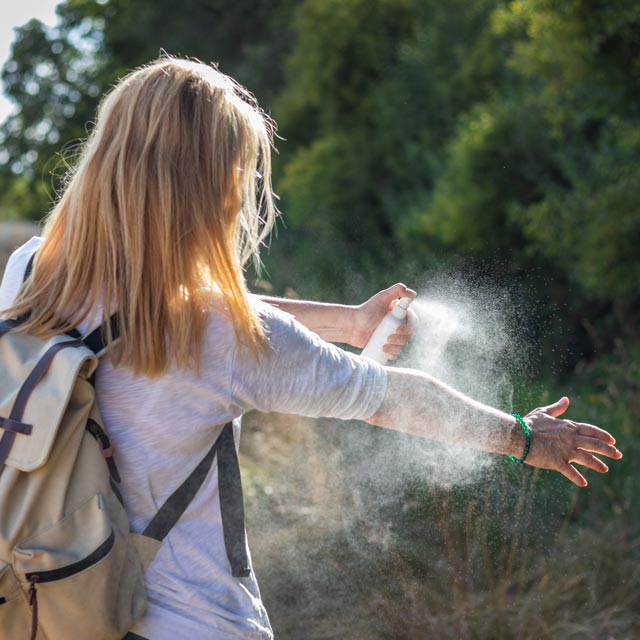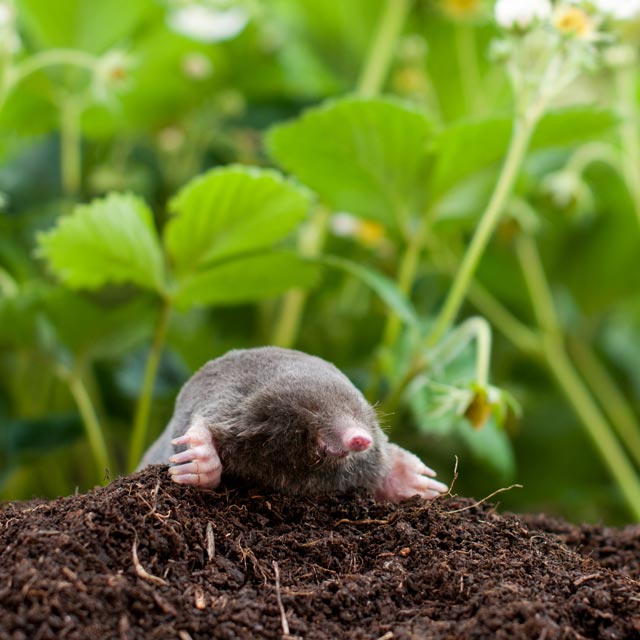BIOCIDES PROTECT AND PRESERVE
BY REPELLING, CONTROLLING OR ELIMINATING HARMFUL ORGANISMS
PT14 – Rodenticides
Pest rodents actively select close co-existence with humans, using the food, water and harbourage that societies provide. For this reason, rodents have the potential to adversely impact almost all aspects of human life.
Rodenticides are thus essential throughout the EU for the:
- protection of human and animal health and well-being
- protection of food stocks from consumption and soiling by rodents
- prevention of damage to installations, structures and possessions
- removal of alien invasive species for the protection of vulnerable wildlife populations
Due to the broad benefits of rodenticides, they are applied as biocides in a wide range of use scenarios including in and around buildings, in sewers, at waste dumps and in open areas. Rodenticides complement non-chemical control methods such as trapping and excellent hygiene practice and are used by several different categories of users – each playing an important role in infestation control.
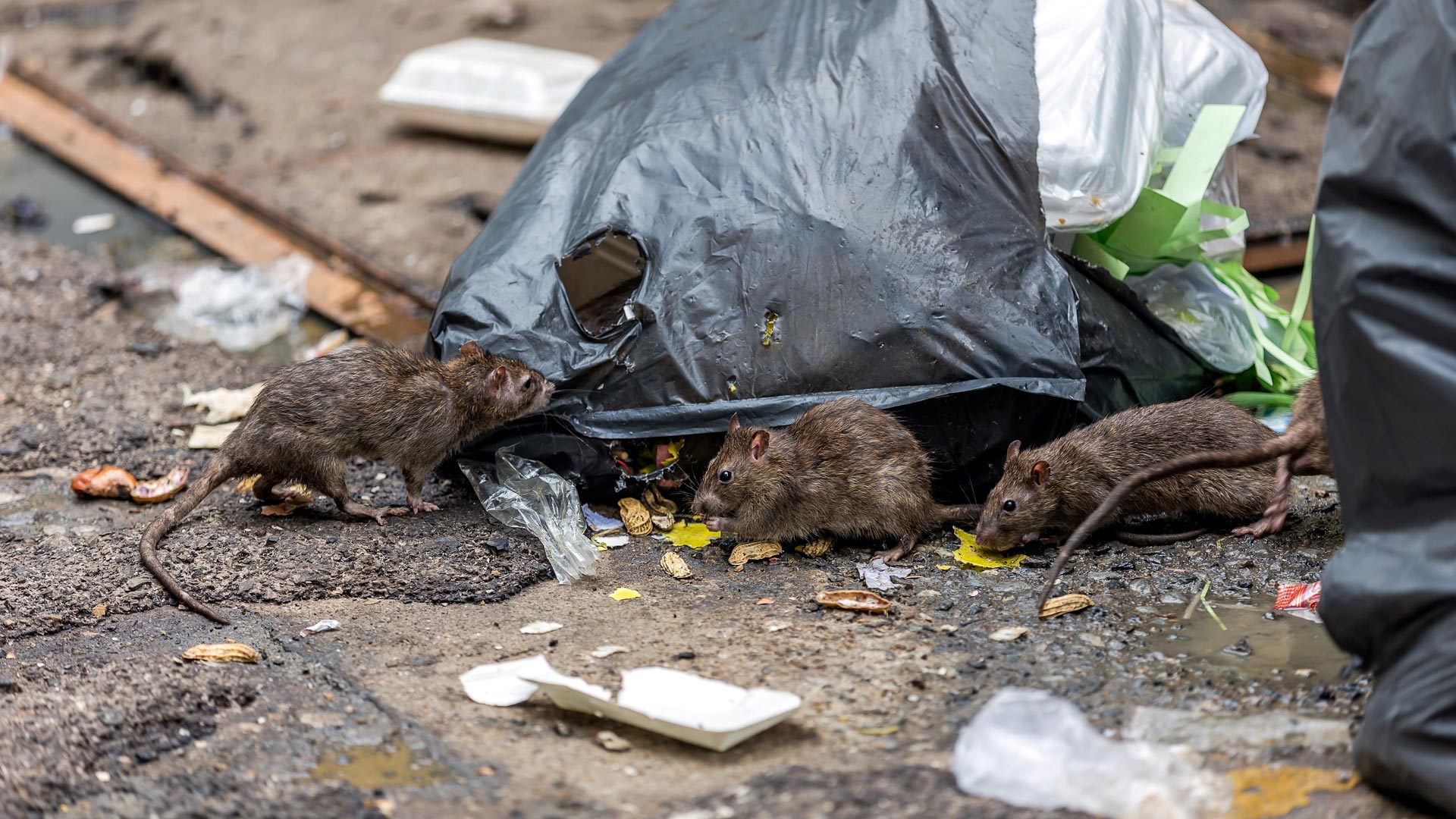
PT15 – Avicides
The product-type includes products used for the control of birds in food storages, churches, bakeries etc., where they can be of nuisance or vectors of diseases.

PT16 – Molluscicides, vermicides and products to control other invertebrates
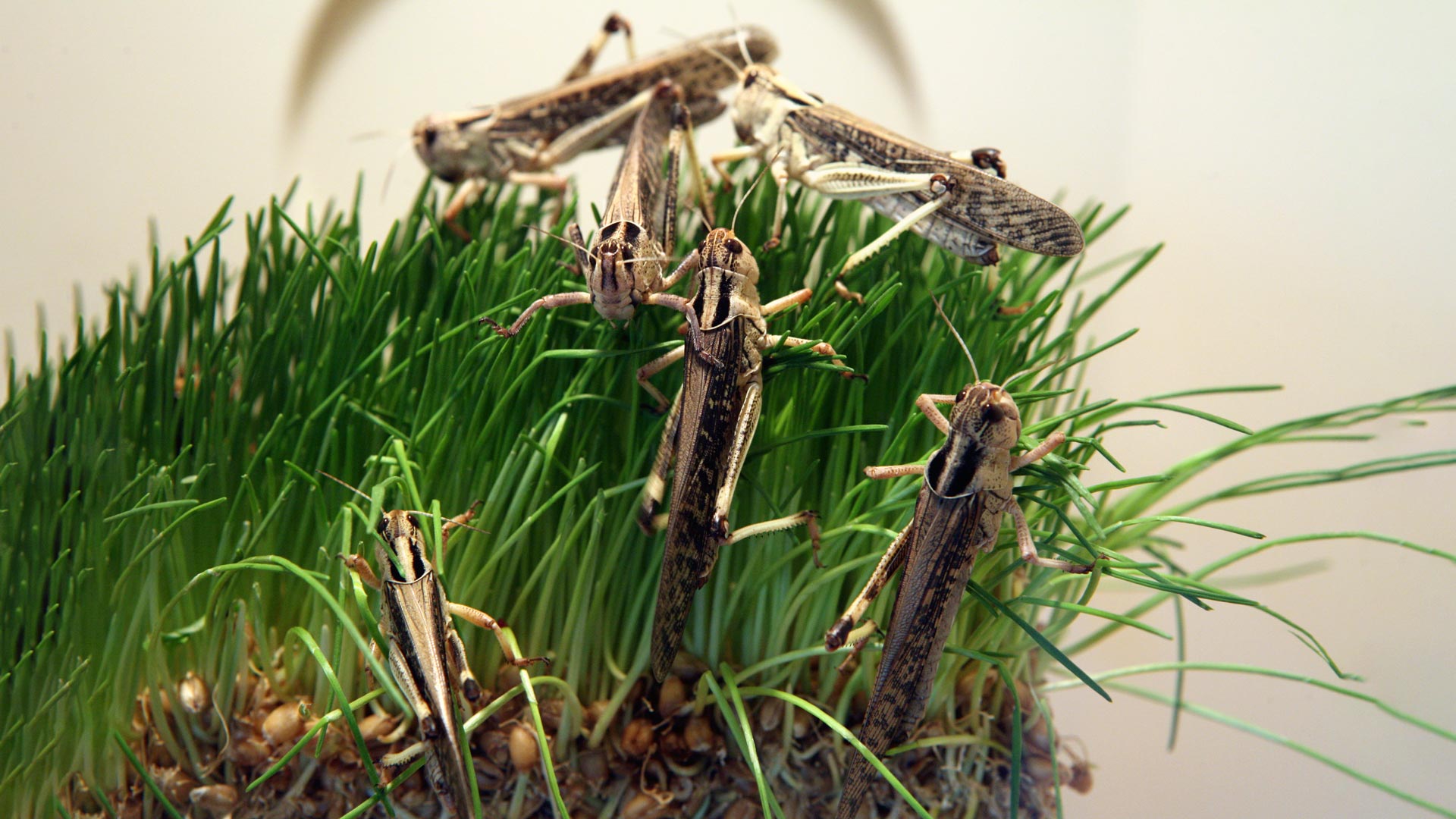
PT17 – Piscicides
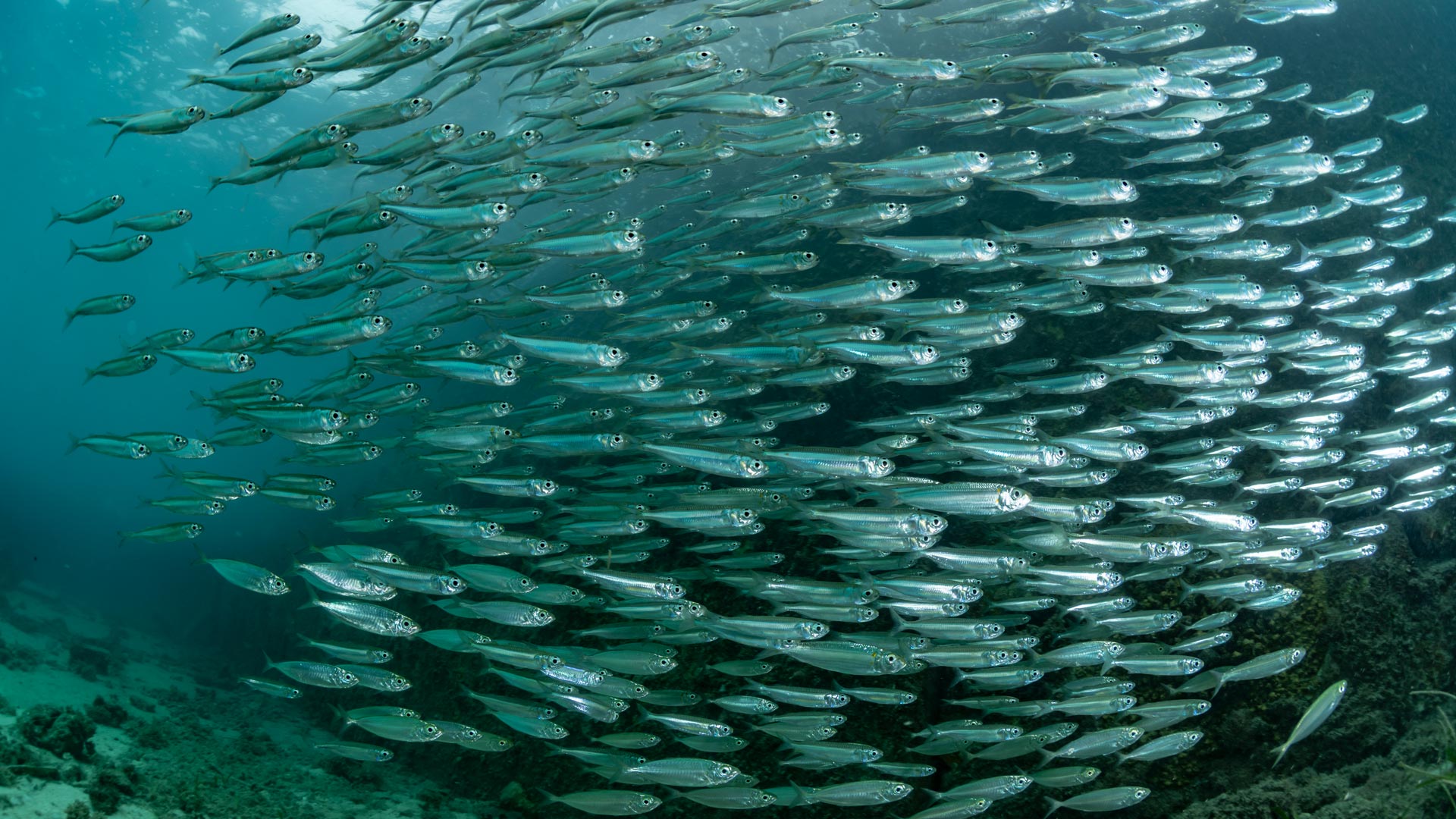
PT18 – Insecticides, acaricides and products to control other arthropods
Products in this category are used to protect humans and property (including commodities) from insect pests. Further, some products are used to protect farm animals from insects in their housing.
Such products can play a key role in combatting insects that may spread diseases and germs. Examples include mosquitoes that may transmit mosquito borne diseases, such as West Nile virus. Scientific literature dating back as far as 1912 recognized that cockroaches have the potential to spread diseases, such as salmonella, typhi and dysentery. Cockroach allergens have also been linked asthma and asthma related illness. Some PT18 products are designed to control infestations of biting pests such as bed bugs and fleas in households and other buildings, whilst others are effective against flies, ants and other nuisance insects.
The category includes products which are intended for use by consumers, as well as those used by professionals, including Pest Control Operators (PCOs). In any case, insect control products should always be used according to the label instructions.
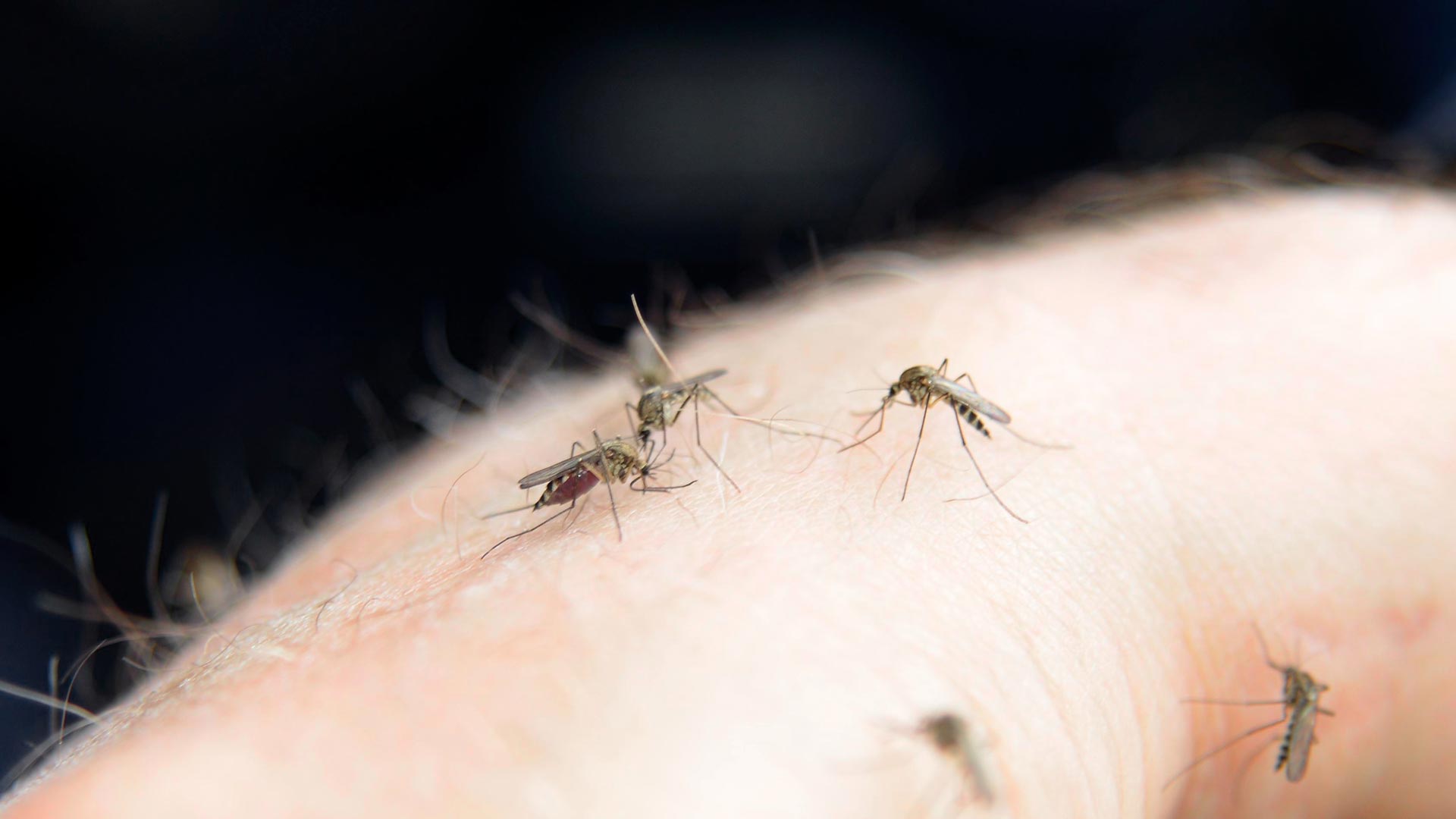
PT19 – Repellents and attractants
Products in this category are used to protect humans and companion animals from insects biting. Some products can be applied to skin or clothing and textiles, whilst others emit vapour to repel the insect.
The use of these products can be important to prevent the transmission of mosquito-borne diseases. Due to effects on global climate and wildlife migration, there is strong evidence that temperate regions are undergoing repeated introduction of mosquito-borne viruses and the re-emergence of viruses that previously were not detected (e.g. West Nile virus, localised outbreaks of Dengue, and even very occasional cases of locally acquired malaria).
Repellent products can also effectively deter ticks from biting the skin, which can spread Lyme disease; an increasingly prevalent concern in Europe.
This category also includes products that can repel larger animals, such as cats and dogs, to prevent fouling. Attractants also fall under PT19. These substances can be used in insect traps to enable identification and monitoring of potential pest infestations.
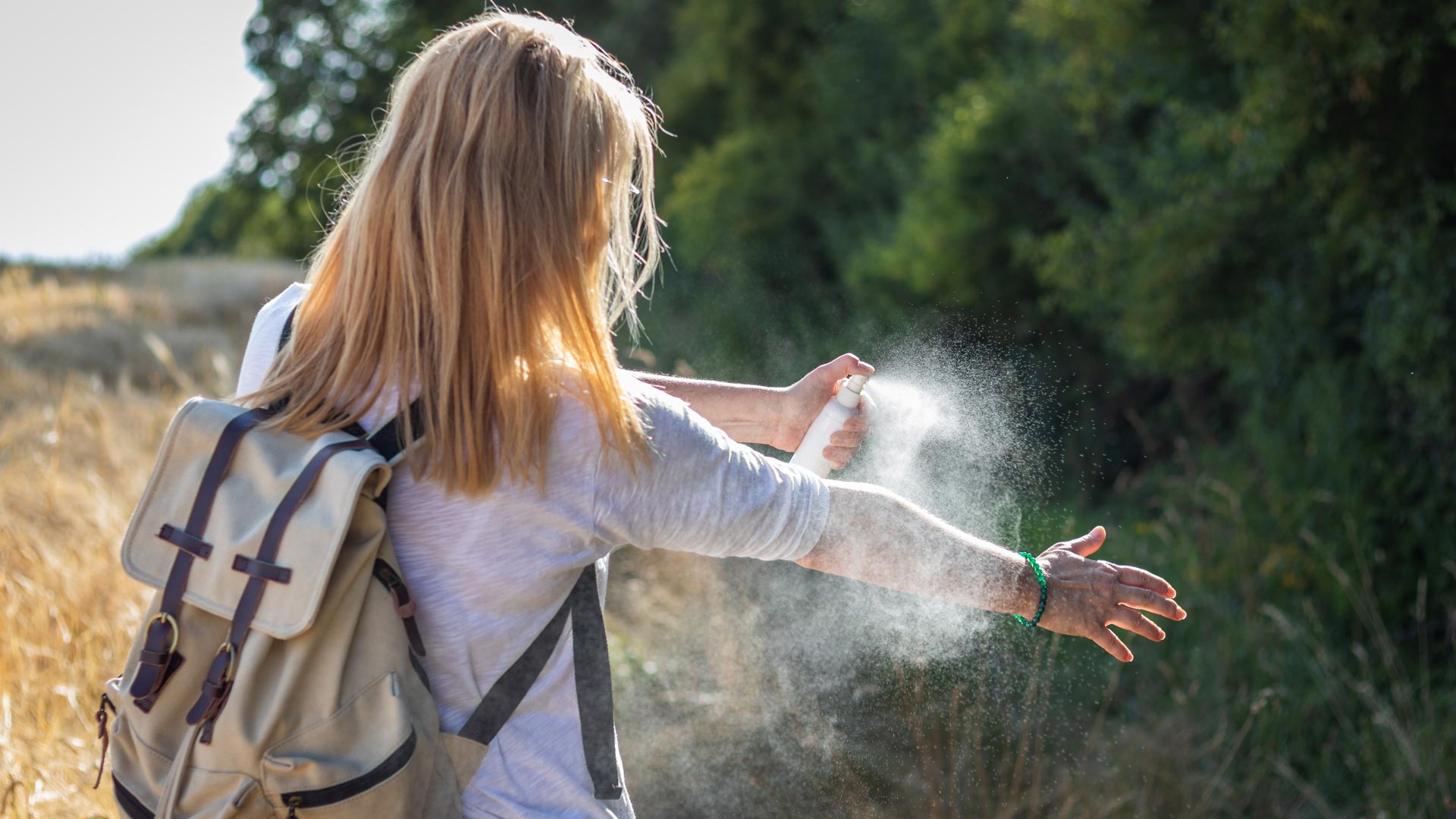
PT20 – Control of other vertebrates
Used for the control of vertebrates other than those already covered by the other product types of this main group, by means other than repulsion or attraction.
